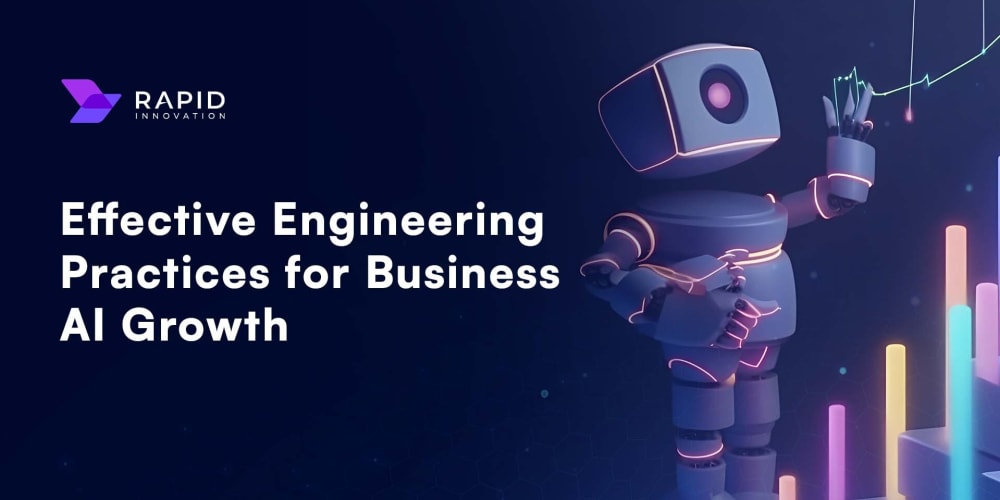Technical documentation is a cornerstone of effective software development, providing a roadmap for users and developers alike. However, there are common pitfalls that can render even the most well-intentioned documentation efforts useless. Let's explore these pitfalls and how to avoid them.
1. 100% AI-Generated Content
AI can be a powerful tool for drafting documentation, but relying solely on it can lead to issues. AI lacks the nuanced understanding of context that you can bring. This results in potential inaccuracies and outdated information if not reviewed regularly.
How to Fix It:
- Always review and edit AI-generated content.
- Add human oversight to ensure context and accuracy.
- Ensure the quality of AI-generated content through rigorous oversight
- Integrate AI tools while maintaining human quality control.
2. Not Planning to Maintain It
Documentation is not a set-it-and-forget-it task. Without regular updates, it quickly becomes outdated. This can become more taxing in the long-run as it leads to confusion and errors.
How to Fix It:
- Establish a maintenance schedule for regular reviews and updates.
- Assign responsibility for keeping documentation current.
3. Rushing the Process
Hasty documentation often lacks the depth and accuracy needed to be truly useful. While deadlines are important, thoroughness should not be sacrificed. Incomplete but accurate information is more valuable than complete but vague content.
How to Fix It:
- Allocate sufficient time for documentation.
- Focus on accuracy and thoroughness from the start.
4. Adding Filler Content
Filler content dilutes the usefulness of documentation. Clear and concise writing is essential to avoid overwhelming users with unnecessary information.
How to Fix It:
- Be direct and to the point.
- Regularly review documentation to remove any filler content.
5. You Don't Know Your Audience
Understanding your audience is crucial. Since there is no one-size-fits-all solution, it is important to tailor your documentation to their level of expertise and knowledge.
How to Fix It:
- Explain technical jargon clearly.
- Make documentation accessible to an international audience by avoiding cultural biases and providing generalised examples. -Use plain language and avoid heavy paragraphs.
- Use bullet points and headers to break up text for easy navigation.
6. You Don't Know Your Documentation Type
How to Fix It:
- Research about the different learning styles
- Different users prefer different formats. If you have the time and resource, provide a variety of documentation types to cater to various learning preferences. This can include how-to guides, tutorials, overviews, references, and real-code examples.
- Explore systems like Divio's documentation system and templates from platforms like GitHub and Notion.
- Utilise external resources and templates to enhance your documentation efforts.
Conclusion
Effective technical documentation avoids common pitfalls like relying solely on AI, neglecting maintenance, rushing the process, and adding filler content. By prioritising accuracy, understanding your audience, and continuously improving your documentation, you can create resources that truly add value.
Are there any tips you stand by that I have missed out? Please let me know!
Want to learn more about good documentation? Check out these resources:
Divio's Four Approaches to Documentation
ISO 9001 Documentation
Literate Programming

























